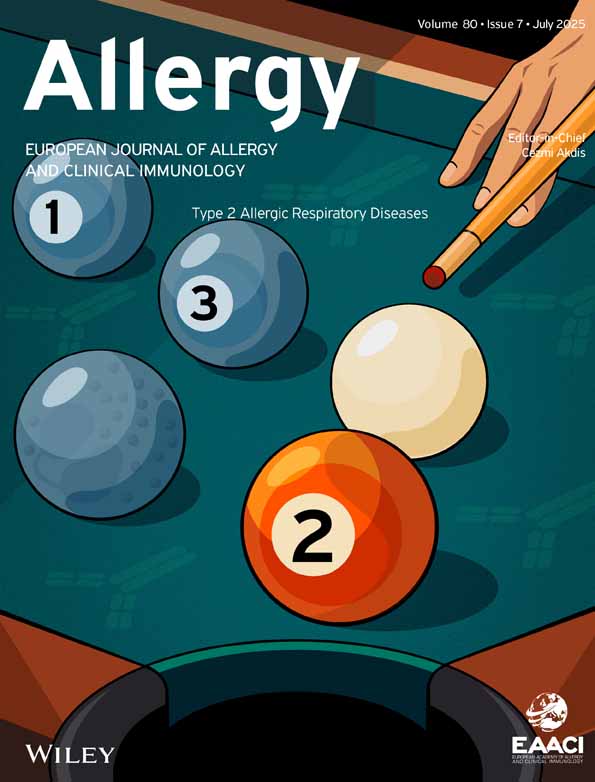Infants and children with cow milk allergy/intolerance
Investigation of the uptake of cow milk protein and activation of the complement system
Abstract
Seventeen children with challenge-verified cow milk allergy/intolerance (CMAI), age 3–78 months, median 12 months, were re-challenged with cow milk in increasing doses. All subjects developed symptoms, such as bronchospasm, rhinitis, diarrhoea, erythema or eczema. Blood samples were taken before and up to 24 h after the start of the challenge. The cow milk protein β-lactoglobulin (BLG) was determined in serum with ELISA (lower detection limit 0.3 μg/l). BLG was detectable in five children at low levels (below 2 μg/l). Analysis of the size distribution of the BLG by size exclusion chromatography indicated immunoreactive material as small aggregates. Plasma samples were analysed by electro-immunoassay for complement factor split product C3d, which was not demonstrable above background values in any of the cases. CMAI in infants and children may not be related to systemic activation of the complement system and may be elicited without considerable amounts of immunoreactive BLG in the circulation.




